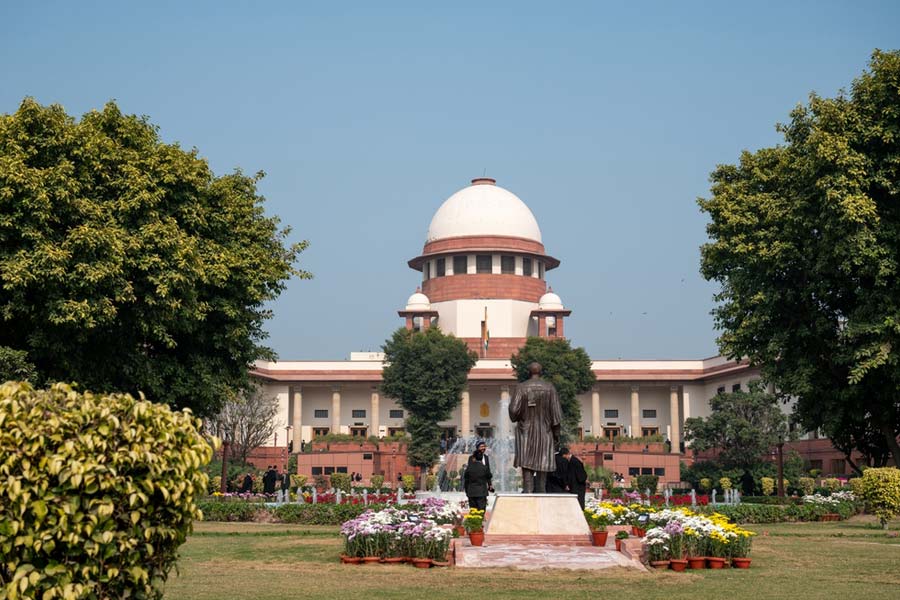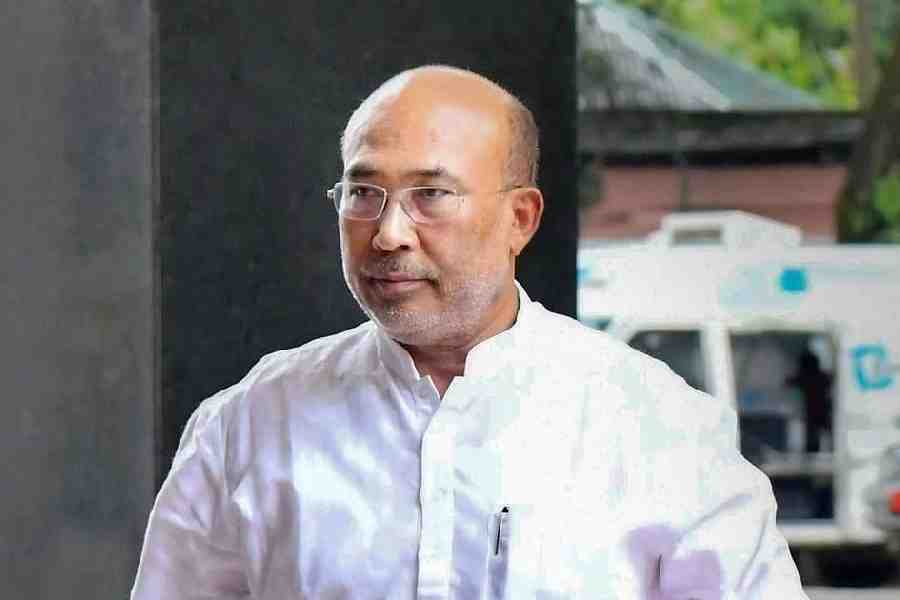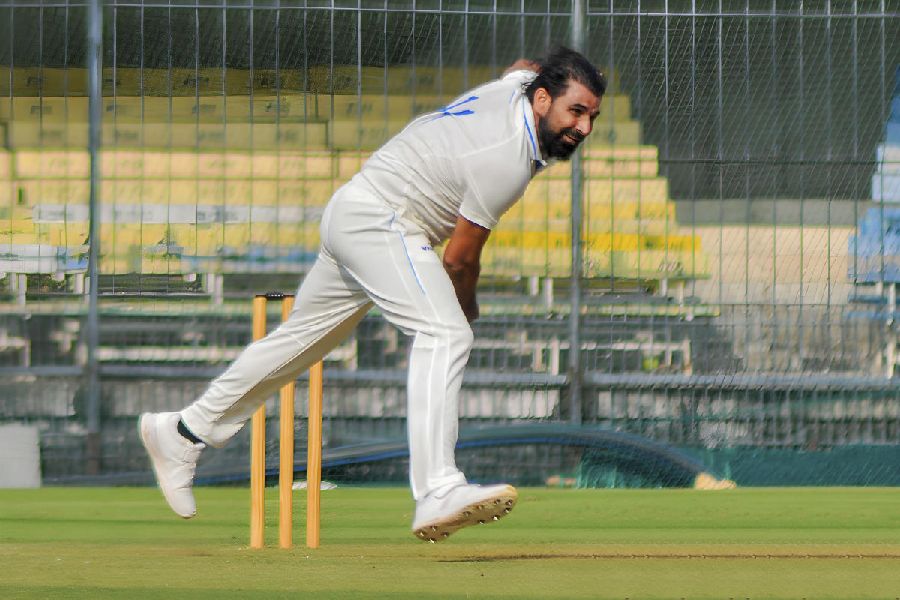The BJP on Thursday retained the prize state of Uttar Pradesh along with three other states, beating simmering anti-incumbency over livelihood issues and marginalising the Opposition further in the run-up to 2024 general election.
The stellar showing will be seen as a revalidation of the Narendra Modi brand that was perceived to have been dented by the Covid mismanagement, defeat in Bengal and the farmers’ movement.
It also heralds the possible rise of chief minister Yogi Adityanath as the political heir to Modi, a status so far largely bestowed on Union home minister Amit Shah.
With Prime Minister Modi as its overarching face in all the five states that went to the polls, the BJP has won Uttar Pradesh and Uttarakhand in the north, Manipur in the northeast and Goa in the southwest. In Punjab, where the BJP is a small player, the Aam Aadmi Party has ousted the Congress from power.
Although well short of the overwhelming mandate of 2017, the BJP’s victory in Uttar Pradesh has been no less impressive, marking the first time since 1985 that a party has returned to power in the heartland state after completing a full term.
Significantly, the BJP has registered a nearly two percentage-point rise in vote share — from 39.7 per cent in 2017 to 41.4 per cent. The drop in seats appears a result of the Samajwadi Party wresting huge chunks of the anti-BJP vote from the Bahujan Samaj Party and the Congress.
Samajwadi president Akhilesh Yadav put up a spirited fight but was unable to stitch together a formidable enough coalition of castes and communities to defeat the BJP. The results suggest that the BJP’s new vote bank, forged after 2014, of non-Yadav OBCs and non-Jatav Dalits has remained largely intact.
At 7pm, the BJP had won or led from 253 of the 403 constituencies in Uttar Pradesh while allies Apna Dal and Nishad Party were ahead from 17 seats. The BJP had won 312 seats in 2017, with its then allies raising the combined tally to 325.
The stakes had been high for Modi since he is MP from Varanasi in Uttar Pradesh and had campaigned extensively. Both he and Adityanath ran fear-mongering, communally polarising campaigns, with the Prime Minister referring to terrorists using “cycles” (the Samajwadi symbol) to plant bombs in the past.
The BJP also kept harping on the “suraksha (security)” plank, seeking to instil fear among the voters that a Samajwadi win would mark the return of hooliganism and mafia rule.
The results show the BJP has been able to blunt the impact of the yearlong farmer protest, youth discontent over joblessness and public anger at the Covid mismanagement that had seen crematoriums overwhelmed and bodies floating down the Ganga during the second wave last year.
The BJP has won most of the seats in western Uttar Pradesh, the principal theatre of the farmer protest in the state. The results suggest that not enough Jats, who led the farmer protest, voted in tandem with the Muslims against the BJP.
The menace of stray cattle – a result of the Adityanath government’s crackdown on the sale and transport of old livestock – too failed to impede the BJP’s prospects.
The government’s targeted welfare schemes such as free food grains during the pandemic and cash transfers seem to have paid dividends, as have the perceptions of an improvement in law and order in the state.
Thursday’s results will strengthen the BJP in meeting another upcoming challenge this year — the election for President of India. A BJP defeat in Uttar Pradesh would have improved the Opposition’s chances of getting a President of its choice elected.
How the Uttar Pradesh victory influences the internal power dynamics in the BJP and the wider Sangh parivar will be watched keenly.
The win is a huge fillip for Adityanath – the aggressive face of Hindutva politics – and presents the possibility of a rerun of Modi’s rise from chief minister of Gujarat. Many in the parivar have already begun to see the monk from Gorakhpur as Modi’s possible successor.
The BJP mascot for the Uttar Pradesh polls was not Modi or Yogi but the “Modi-Yogi” combine, which many observers feel now threatens to emerge as a parallel to the “Modi-Shah duopoly”.
In Uttarakhand, where the BJP had twice changed chief ministers in the past one year and its organisation was believed to be in a bad shape, the party will form the government again, although under a new chief minister. Pushkar Singh Dhami, the incumbent, lost the election.
Thursday’s results will boost BJP morale ahead of the two Assembly polls later this year, in Gujarat — the home state of Modi and Shah — and Himachal Pradesh.











